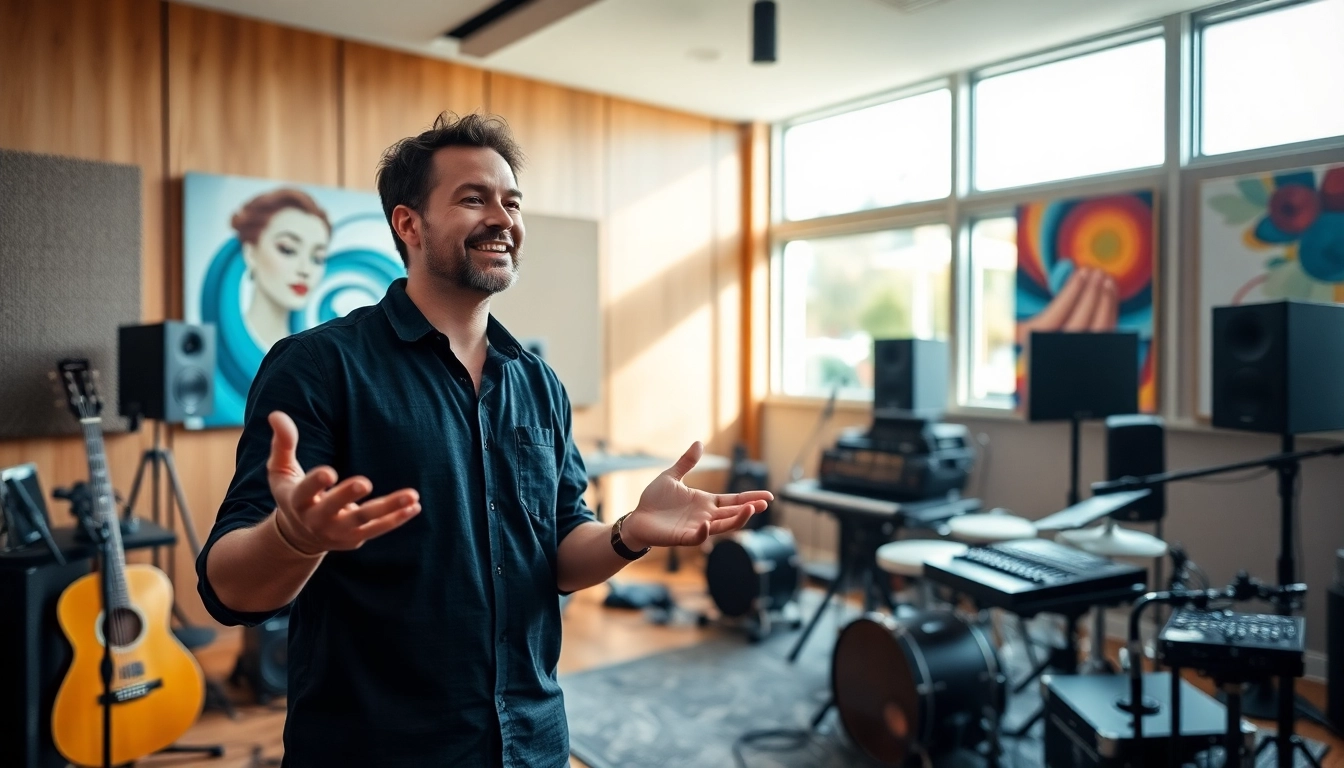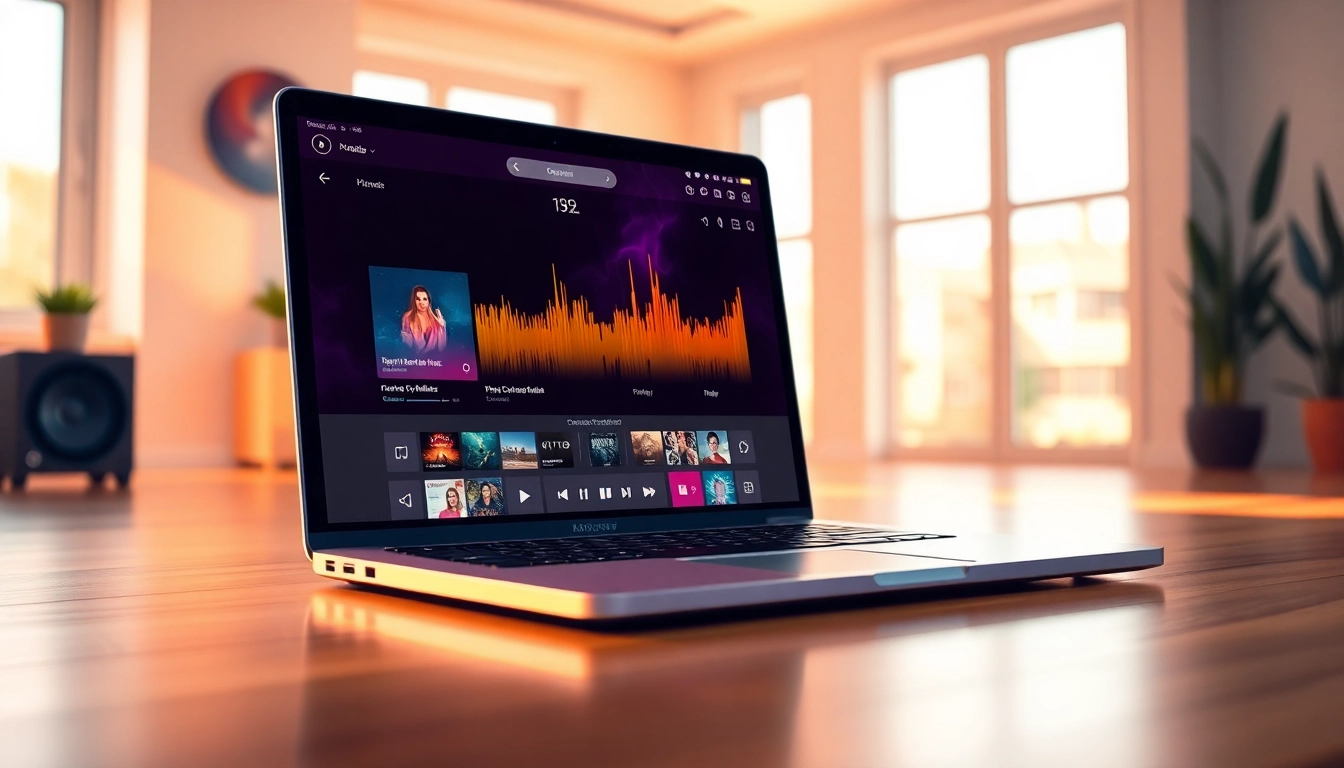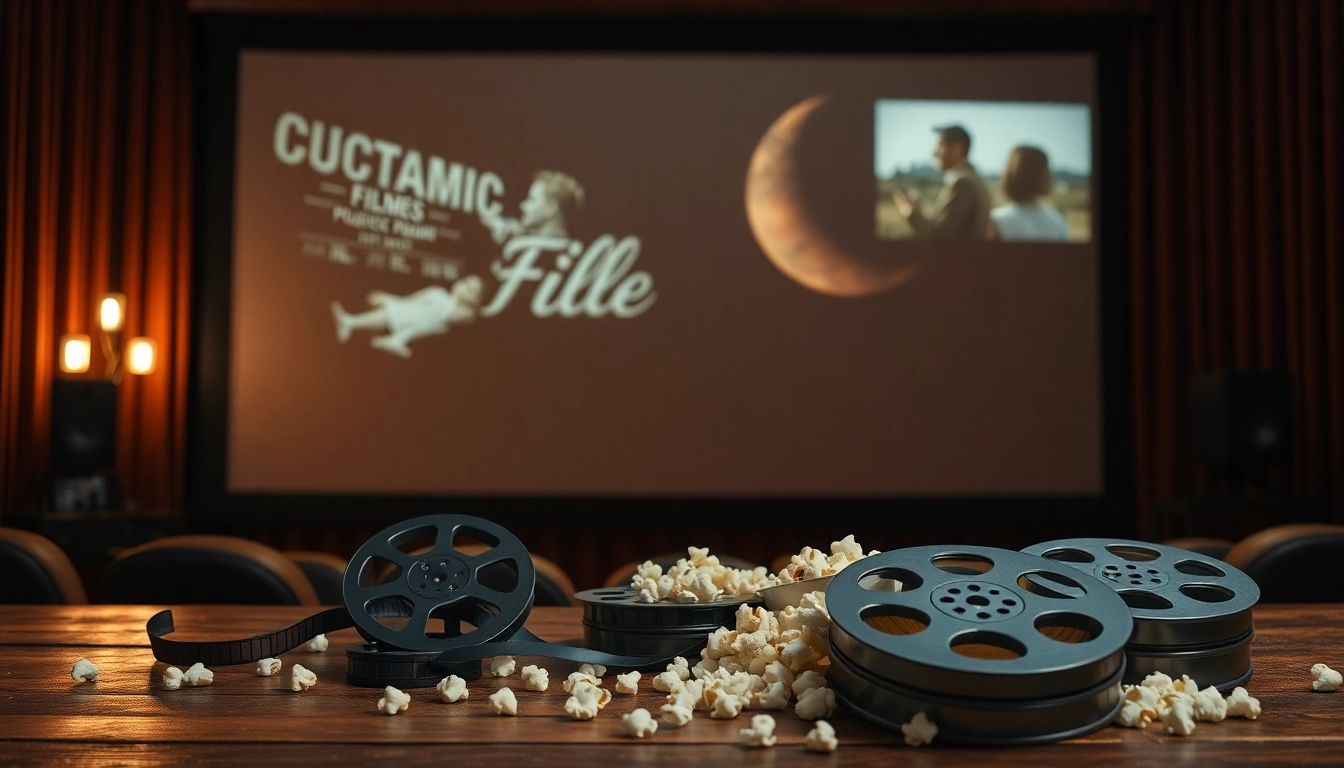Understanding Music Pitching
In the ever-evolving landscape of the music industry, effectively connecting with listeners and gaining recognition for your craft is crucial. This necessitates the art of music pitching, a strategic process where artists, songwriters, or music promoters present their work to various stakeholders such as curators, radio stations, music blogs, and industry professionals. Successful music pitching can be the difference between obscurity and a breakthrough opportunity in a highly competitive market.
What is Music Pitching?
At its core, music pitching involves creating a compelling presentation of your music to attract attention and interest from influential players in the music scene. This can include direct submissions to playlist curators on platforms like Spotify, proposals to music blogs for features, or presentations to record labels seeking new talent. The goal is to secure placement for your tracks in front of targeted audiences, thereby increasing exposure and potential sales or streams.
The Importance of Music Pitching in the Industry
As the business of music becomes more digital and interconnected, pitching has transformed into a vital skill set for musicians and music businesses alike. For independent artists, music pitching is an essential tool not just for gaining airtime but also for establishing a brand identity and building a loyal fan base. In an industry crowded with talent, effective pitching ensures that your music reaches the right ears, helping you stand out from the myriad of submissions that curators and industry professionals encounter daily.
Key Components of a Successful Music Pitch
A successful music pitch is more than just sending your latest track to a list of emails. It requires understanding the audience for whom you’re pitching and conveying the unique elements of your music or brand. Key components include:
- Personalization: Tailor your pitch to each recipient, demonstrating knowledge of their work and how your music complements their preferences.
- Clarity: Be concise. Summarize your music’s essence in a few sentences, making it easy for the recipient to understand your sound and vision.
- Professional Presentation: Use high-quality recordings, well-crafted press kits, and clear formatting to give a positive first impression.
- Follow-Up: Check in respectfully after your initial pitch to show your continued interest and engage further.
Crafting Your Music Pitch
How to Identify Your Target Audience
Knowing your target audience is foundational in music pitching. Take the time to research who your ideal listeners are, where they hang out, and what kind of music they consume. This information will allow you to tailor your pitches to those most likely to appreciate and promote your work.
Consider demographics—age, geographical location, and cultural background—alongside psychographics such as lifestyles and musical tastes. Engaging with social media analytics and streaming platform insights can offer valuable data on your listeners.
Elements of a Compelling Music Pitch
Creating a compelling pitch requires several essential elements:
- Engaging Subject Line: Capture attention with a catchy yet informative subject line that entices the recipient to open and read more.
- A Strong Opening: Begin with a hook that captures interest immediately, introducing who you are and what sets your music apart.
- Audio/Visuals: Include links to your music, music videos, or even live performances. High-quality audio and visuals can significantly enhance your pitch’s effectiveness.
- Background Info: Provide context about your music—your inspirations, achievements, and any notable collaborations.
- Call to Action: End with a clear request, whether it’s a feature, playlist addition, or feedback. Make it easy for the recipient to know how to respond.
Common Mistakes to Avoid in Music Pitching
Even seasoned professionals can stumble in their pitching efforts. Here are some common pitfalls to avoid:
- Generic Pitches: Avoid using a one-size-fits-all approach. Personalize each pitch to the individual recipient.
- Overloading Information: Keep pitches concise; bombarding your audience with too much detail can be off-putting.
- Ignoring Submission Guidelines: Always adhere to the submission guidelines provided by blogs, curators, or labels. Each platform has its preferences and failing to follow them can lead to immediate rejection.
- Not Following Up: After some time has passed, a polite follow-up can reiterate your interest and keep your music on their radar.
Utilizing Digital Platforms for Music Pitching
Best Online Platforms for Music Pitching
Digital platforms play a significant role in modern music pitching. Here are some of the best options available:
- Spotify for Artists: A vital resource where you can pitch tracks directly to Spotify playlist curators before your release date—submissions ideally should be placed at least seven days in advance.
- SubmitHub: A platform that enables artists to send their music directly to a network of bloggers, playlisters, and influencers, facilitating streamlined submissions and feedback.
- Groover: Connects musicians with promoters across various platforms, allowing artists to pitch their music to influencers based on genre and interests.
- Music Blogs: Sites like Indie Shuffle, Hype Machine, and various local blogs often accept submissions directly from artists.
Leveraging Social Media in Your Pitch
Social media platforms are not just for promoting yourself but are also pivotal for pitching music. Here’s how:
- Engagement: Engage with curators and influencers on platforms like Instagram and Twitter by commenting on their posts, sharing their content, and establishing rapport before sending a pitch.
- Utilize Hashtags: Use relevant hashtags when promoting your music, making it easier for listeners to discover you and for curators to find potential new tracks.
- Direct Messaging: When appropriate, use direct messages to reach out to curators—this can provide a more personal touch compared to emails.
How to Create an Effective Press Kit
A well-crafted press kit can elevate your pitching efforts significantly. Here’s what it should include:
- Bio: A concise artist bio that highlights your journey, achievements, and current projects.
- Press Photos: High-resolution images that can be used for promotional purposes. Images should capture your image and be suitable for press releases.
- Music Links: Easy access to your music, including streaming links and downloads.
- Contact Information: Clear details on how to get in touch with you or your management for inquiries.
Networking and Relationship Building
Finding Contacts Within the Music Industry
Networking is essential in the music industry. Here are strategies for building a contact list:
- Music Conferences: Attend industry events, workshops, and conferences such as SXSW, where you can meet industry professionals and exchange contact information.
- Local Gigs: Participate in local music scenes, collaborate with artists, and make connections with DJs, producers, and venue owners.
- Online Communities: Join forums and social media groups focused on music creation and promotion where you can share experiences and connect with others.
Building Relationships with Curators and Influencers
Creating strong relationships with curators and influencers can lead to lasting support for your music:
- Be Patient: Building a genuine relationship takes time, so consistently engage with curators and offer support to their work without immediately expecting favors in return.
- Collaborate: Collaborate with other artists or influencers to cross-promote your music while supporting others’ efforts.
- Express Gratitude: If a curator features your music, express gratitude and share their content—this reinforces your relationship.
Follow-Up Strategies After Your Pitch
Following up after a pitch is critical in maintaining connections:
- Be Respectful: Wait at least a week or two before following up. Use this time to let the curator digest your pitch.
- Reiterate Interest: A brief message expressing continued interest shows your enthusiasm and keeps you on their radar.
- Share Updates: If your music receives positive feedback or other recognition, share these accomplishments with the curator as a reason to reconnect.
Measuring the Success of Your Music Pitch
Analyzing Response Metrics from Your Pitch
Understanding how effective your pitches are requires analyzing response data:
- Response Rates: Track how many pitches receive responses versus how many are sent. A 20-30% response rate is typically good for music pitches.
- Engagement Levels: Monitor engagement levels if your music is featured—this includes streams, shares, and downloads post-pitch.
- Referrals: Keep track of any new connections made as a result of your pitches, as referrals can have a long-term impact on your music’s reach.
Consequences of Pitch Success and Failure
Every pitch you send will have varying degrees of success. Understanding the consequences allows you to adjust your approach:
- Success: A successful pitch might lead to increased streams, followers, or even future collaboration opportunities, creating momentum for your music.
- Failure: If your pitch is unsuccessful, analyze the reasons. Look for patterns in feedback or lack of engagement to refine your future pitches.
Iterating Your Pitch for Future Opportunities
Learning from each pitching experience is vital for growth:
- Solicit Feedback: If possible, ask curators for feedback on why they did or did not feature your music; even brief insights can be invaluable.
- Refine Your Approach: Adjust your pitch template based on what you learn, ensuring your presentations continually evolve based on industry feedback.
- Experiment: Don’t hesitate to try different styles or approaches with your pitches to see what resonates best with your target audience.
In conclusion, mastering the art of music pitching necessitates a blend of creativity, research, and strategic thinking. By understanding the nuances of your audience, crafting compelling pitches, and effectively using digital platforms while fostering relationships within the industry, you can significantly enhance your chances of success. As the world of music becomes increasingly digital, honing your pitching skills is paramount, allowing your artistry to shine in a crowded space.









Leave a Reply